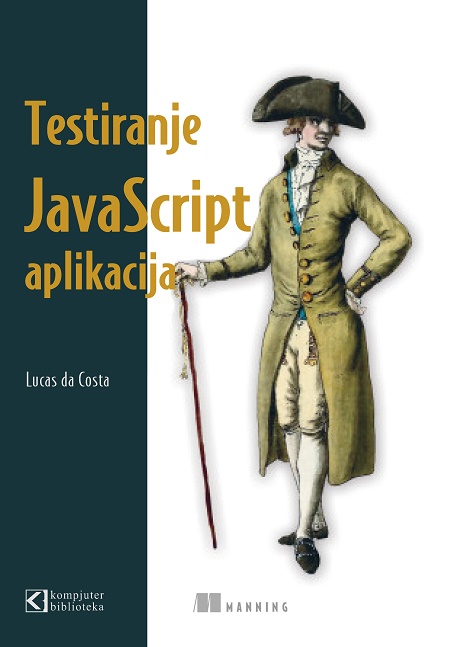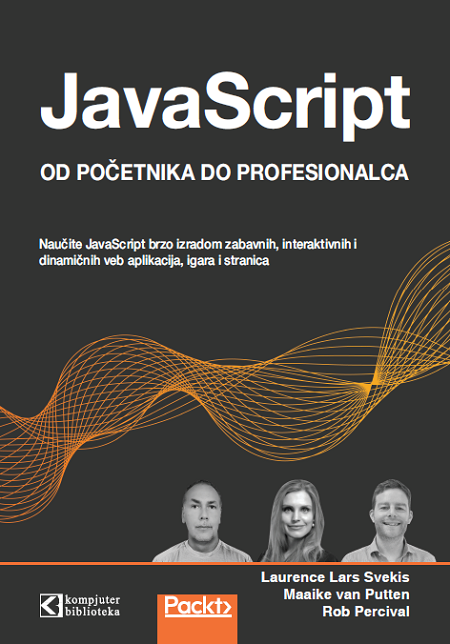

It is almost impossible to count all the projects on GitHub and it is even more impossible to define which ones are the most outstanding. If we talk about Javascript, what was once incredibly innovative becomes old-fashioned in a couple of months. In order not to be buried under massive amount of projects to investigate, let’s have a look at the hottest Javascript projects on GitHub in 2016.
Vue.js is a 2016-winner with getting more than 25,000 stars and outflanking even React and Angular. It is a progressive and open-source framework used for building UI. Its core library focuses on view layer only which allows to easily integrate Vue.js with other libraries or projects. As well, Vue.js can handle single-paged applications in combination with modern tools.
Vue.js has a few similarities to React, such as: use of a virtual DOM and provision of reactive and composable view components. Due to its simple core and incrementally adoptable stack, Vue.js is considered very versatile.
React scored second on GitHub for the year 2016 and got our attention as well. We have already written a few articles on React and its comparison to Angular, so if you want to refresh your memory, click here.
React is an open-source library that is used for the same purpose as Vue.js — for building user interfaces. It has gained great popularity and its users include such giants as Netflix, Buffer, Imgur and many others.
With React, developers can create large web-applications and the data for these applications can change with time and does not require page reloading. React strives to be fast and simple and perfectly fits for applications with complex business logic.
Yarn differs from Vue.js and React, as it is a package manager for the code. Its main goal is allowing developers all over the world to securely and quickly share their code. Yarn uses so-called packages for code sharing and these packages contain all the code that is shared.
Yarn would not get in top-3 on GitHub if it did not have a few very important features. This service is really fast: it parallelizes operations in order to maximize resource utilization, which speeds up the installation time. Yarn also keeps its security as priority and utilizes checksums for verifying the integrity of each package.
Its additional feature is that Yarn is very reliable and it makes sure that an install will work on the other system in a same efficient way that it worked on your system.
Angular is another framework that we’ve covered in our blog. In comparison to React, you cannot say which one is better as both of them have pros and cons.
Angular is supported by Google and thus is a great choice for apps built for Google. As well consider Angular if you need to get something done really fast — it suits well for quick and not very complex UI solutions.
Among the features of this framework are code generation, code splitting and high productivity and performance.
Number 5 in top-10 list is Electron — an open-source framework by GitHub. It is used to develop desktop GUI applications by using both frontend and backend components.
Electron uses Chromium for the frontend and Node.js for the backend and thus allows building apps with HTML, CSS or JavaScript. It is also cross-platform and runs on Linux, Windows or Mac.
Create React App is a useful tool for quick start of React apps. You will not need to spend time on setting up the Webpack, Babel and tools because everything is already set. This allows developers to focus straight on the code and app business logic.
Create React App is a CLI interface with base structure and it adds scripts for run, testing and build-up to package.json. Addition advantage is lack of webpack.config, overwhelming amount of *rc-files and correlations in package.json.
This framework is used to build native iOS, Windows and Android apps with React. React Native utilizes same UI building blocks as iOS or Android apps and this is the reason your apps will be indistinguishable from the apps built with Java or Objective-C.
In order to save your time, you don’t need to recompile while working in React Native. Instead, you can instantly reload your app. To give it an additional touch, React Native smoothly combines with components in Objective-C or Java.
Redux is a predictable state container for apps in JavaScript. Using Redux will help you write apps that are consistent and run in various environments. What makes it stand out is live code editing feature that helps to expand your experience in development.
Redux can be used either with React or with other view library. Redux helps in creating universal apps and does not allow viewers or network callbacks to write directly to the state (they rather express an intent to transform it).
Bootstrap is a free and open-source front-end web framework. It is different from other web frameworks as Bootstrap concerns itself only with frontend development. Bootstrap source code utilizes Less and Sass.
Bootstrap contains HTML and CSS-based design templates along with JavaScript extensions. From version 2.0, it supports responsive web design and 3.0 supports Google Chrome, Firefox, Safari, Opera and Internet Explorer.
D3.js is a JS library for document manipulation. It enables you to bind arbitrary data to a DOM and then apply the transformations to a document.
D3 supports large data sets, allows code reuse and efficiently manipulates the documents based on data. To fulfill its functions, it uses HTML, SVG and CSS.
We have looked at the top-10 JavaScript projects on GitHub for 2016 and there is no doubt more projects will appear soon. Follow DashBouquet newsto stay updated with latest news from IT industry.
© Sva prava pridržana, Kompjuter biblioteka, Beograd, Obalskih radnika 4a, Telefon: +381 11 252 0 272 |
||